Silence is a source of great strength but not when someone tries to curb your freedom of expression. Comics and cartoon strips have always been a way to voice opinions or just depict harsh realities. Be it the recent Charlie Hebdo shootings or the ill treatment of Kibyoshi artists in 18th century, history is proof that whenever unusual opinions were expressed, attempts were made to silence it.
Here are 10 times when comic strips were so controversial that they caused an uproar.
1. Charlie Hebdo Attack in 2015
The attack on the offices of the French satirical weekly newspaper, Charlie Hebdo, is one of the most known incidents when someone tried to silence the freedom of expression. Known for its caricatures of the Prophet Mohammad and critical depictions of Catholics, Jews and French politicians, the magazine regularly stirred controversies. On 7 January 2015, two brothers, Saïd Kouachi and Chérif Kouachi walked in the Paris office and started mass-shooting in the name of Jihad .
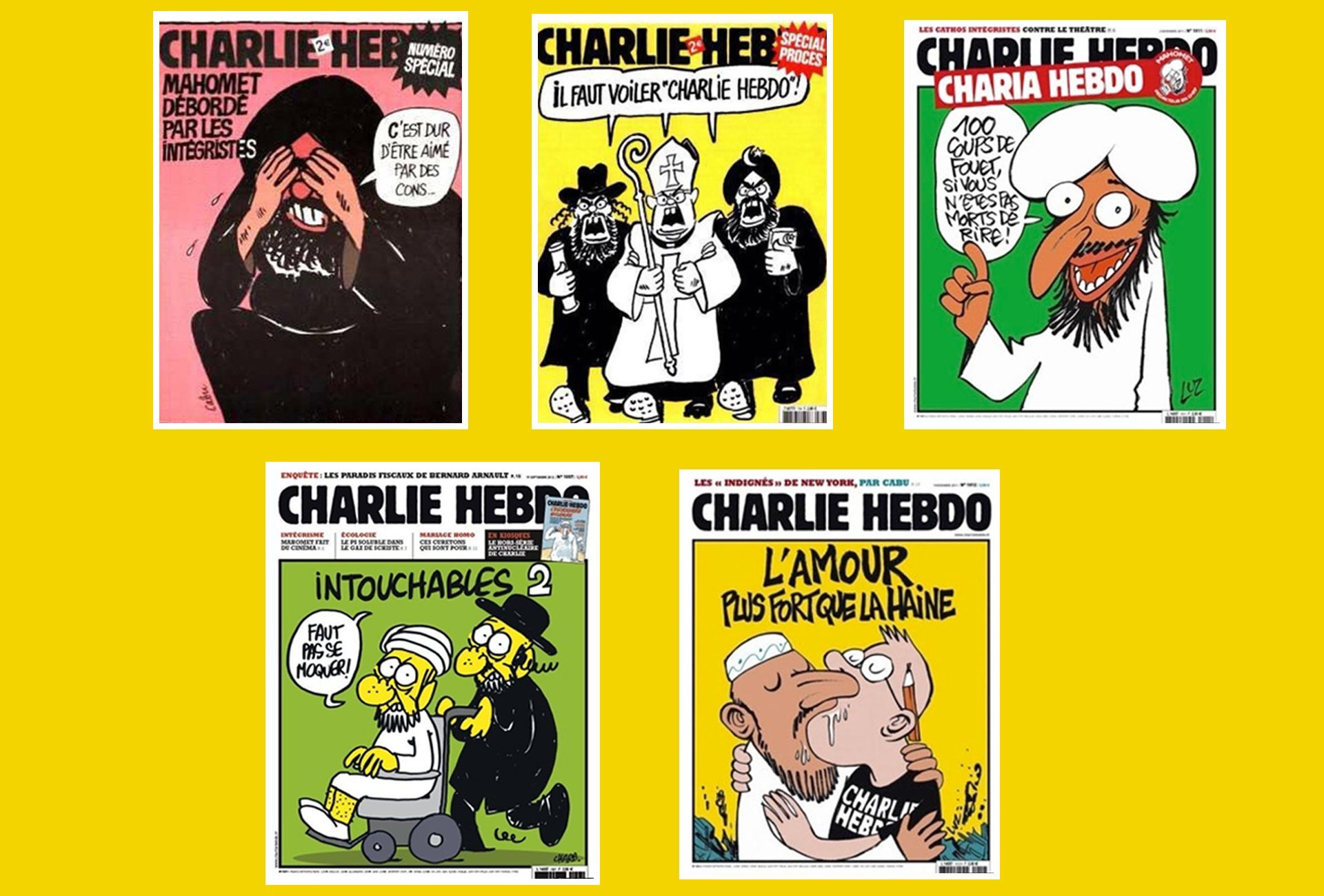
2. Aseem Trivedi’s anti-corruption cartoons which brought sedition charges upon him
Aseem is a political cartoonist and activist who was arrested because he was pressed with sedition charges for displaying cartoons against corruption, during the Anna Hazare protest in November 2011.
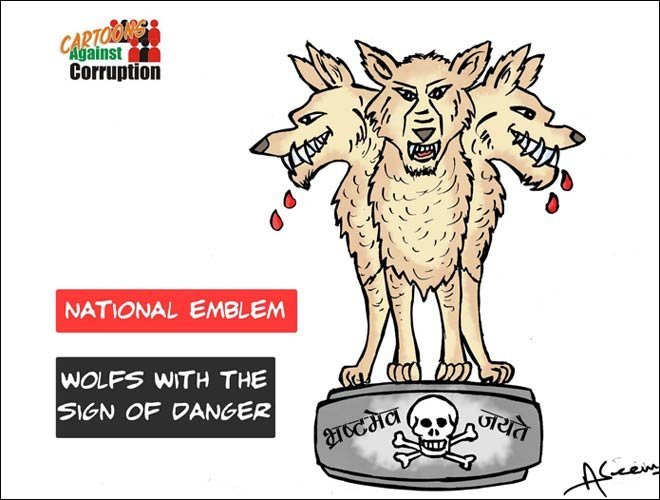
3. New York Times’ comic strip mocking India’s Mars Orbiter Mission
Just one week after India’s Mars Orbiter Mission, New York Times published this comic which was in bad taste. Nobody can miss the racial, national and classist stereotyping in this comic.
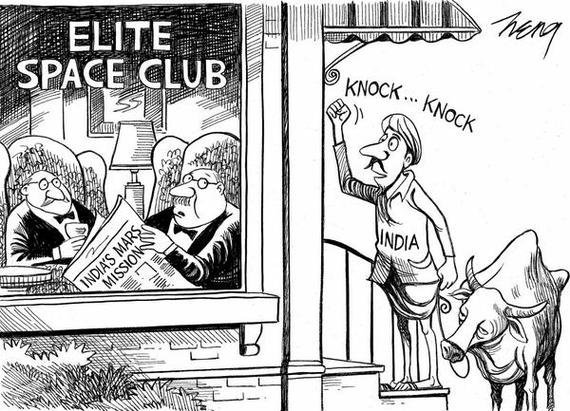
4. Jyllands-Posten Mohammad cartoons controversy
This controversy began after the Danish newspaper, Jyllands-Posten published 12 editorial cartoons on 30 September 2005, most of which depicted Mohammad . In 2010, a terrorist plot against Jyllands-Posten was thwarted by a successful cooperation between security services in Denmark and Sweden. Police, accompanied by bomb experts, conducted several raids and detained five men, who are described as militant I slamists who were planning attacks.
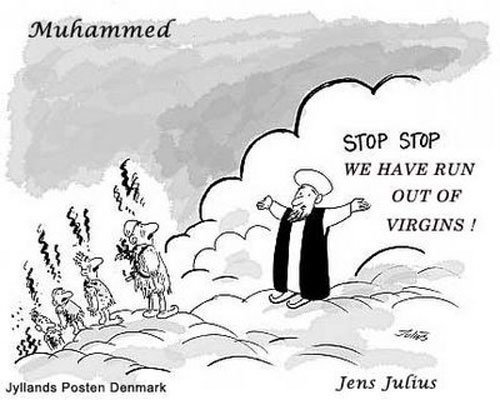
5. Lars Vilks Mohammad controversy
The Lars Vilks Mohammad drawings controversy began in July 2007 with a series of drawings by Swedish artist Lars Vilks that depicted the Islamic prophet Mohammad as a roundabout dog . A particular publication of Nerikes Allehanda led to protests from Muslims in Sweden as well as official condemnations from several foreign governments including Iran, Pakistan, Afghanistan, Egypt and Jordan. A lot of threats were given to the publishers. Islamic State of Iraq had placed a bounty of $100,000 on the head of Lars Vilks . On 14 February 2015, shots were fired at a public meeting in Denmark attended by Vilks, leaving one civilian dead and three policemen wounded.
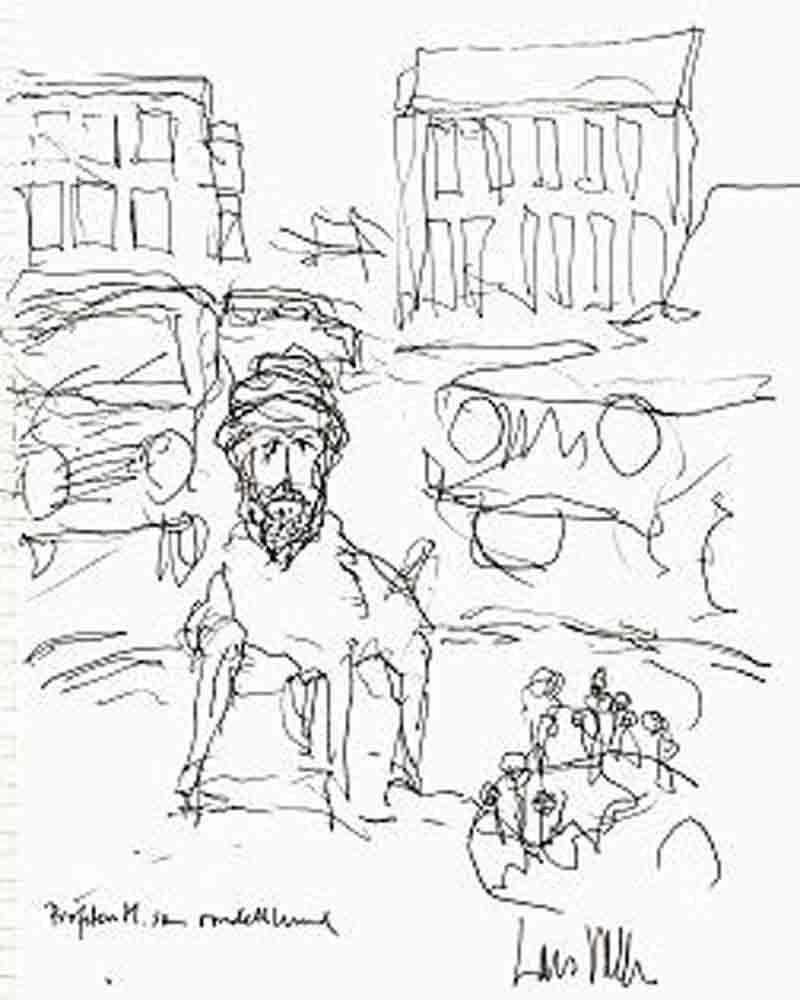
6. Mehrdad Ghasemfar was arrested for a controversial cartoon published in an Iranian newspaper
This was a satirical cartoon on “How to stop the cockroaches from making us into cockroaches?” in a children’s weekly newspaper. A lot of people understood the subtle references in the cartoon which resulted in massive riots throughout Iran in 2006. The Iranian government promptly responded to the events by temporarily shutting down the Iran newspaper, arresting the cartoonist and the editor-in-chief of the newspaper, Mehrdad Ghasemfar.
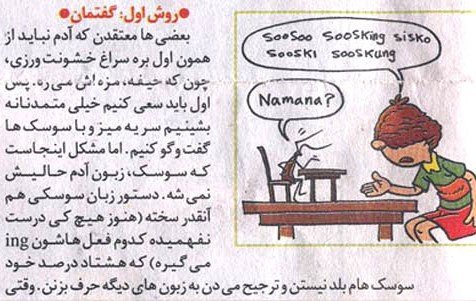
7. H.G. Oesterheld “disappeared” after criticizing the government through his comics
He was an Argentine journalist and writer of graphic novels and comics who criticized the Argentine military dictatorship . He was kidnapped in 1976 and was never seen again . His family believed he was among the tens of thousands to have been disappeared and killed by the government. In 1977 his daughters and their husbands were arrested by the Argentine armed forces in La Plata . None were seen again.
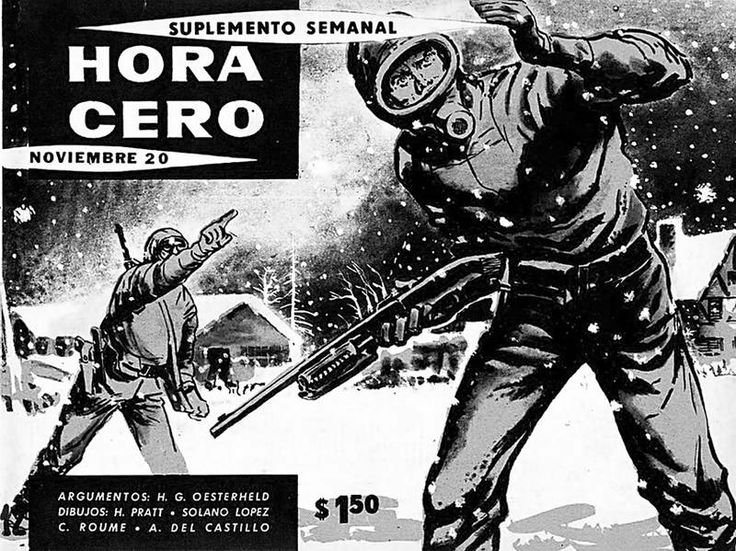
8. Cartoonist Naji Al-Ali was shot in 1987 for his political cartoons
Naji Salim al-Ali was a Palestinian cartoonist who was famous for his political criticism of the Arab regimes and Israel. He drew over 40,000 cartoons, which sharply depicted his opinions. On 22 July, 1987, while outside the London offices of al-Qabas , a Kuwaiti newspaper for which he drew political caricatures, Naji was shot in the face and mortally wounded. Five weeks later, the cartoonist died.
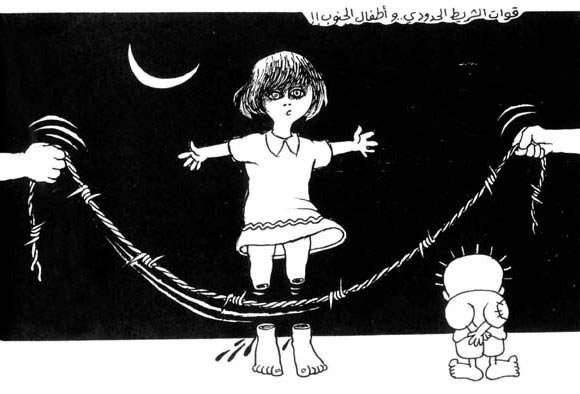
9. 18th century Kibyoshi artists were shackled and they allegedly “committed suicide”
In the 18th century, Kibyoshi books started making references about the government. The establishment didn’t appreciate being mocked and tortured the the artists. Santo Kyoden, a protester, was shackled for 50 days for putting up his political views. Several other artists mysteriously disappeared. The most influential Kibyoshi artist was Koikawa Harumachi, who died under strange circumstances.
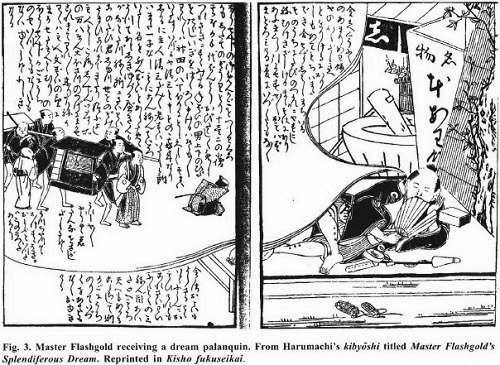
10. Lamari Chawki was jailed for mocking the Algerian flag
On July 4, 1996, authorities smothered free speech by suspending La Tribune , the main French-language newspaper. The office was shut down because of a cartoon drawn by Lamari Chawki , who had mocked America’s flag. The Paris-based international media watchdog, Reporters without Borders, protested the cartoonist’s arrest with a letter to Algerian President Liamine Zeroual but he received a three-year suspended prison term.
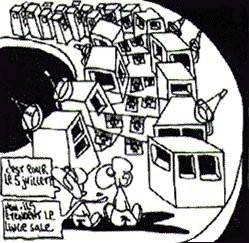
There are so many people who are restricted from voicing their opinion. If you are one of them, don’t let anyone stop you.
Featured Image: HuffPo
















